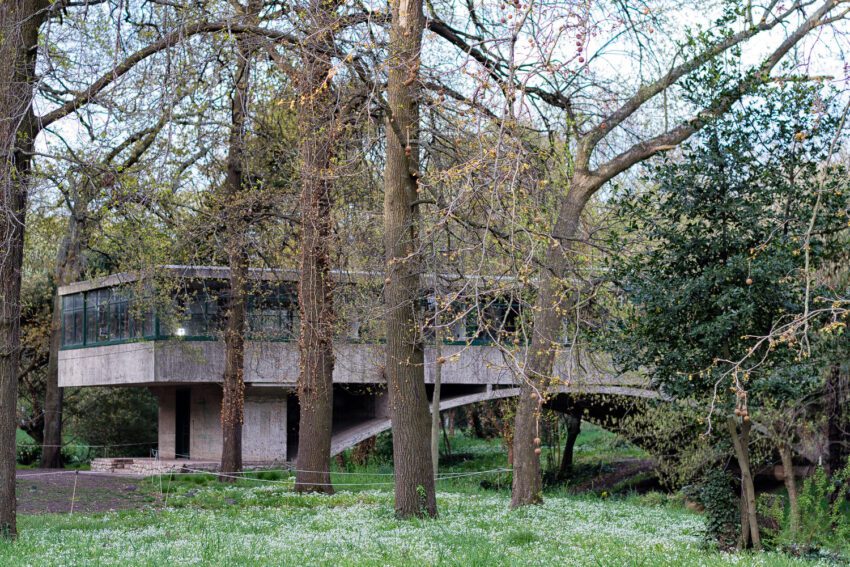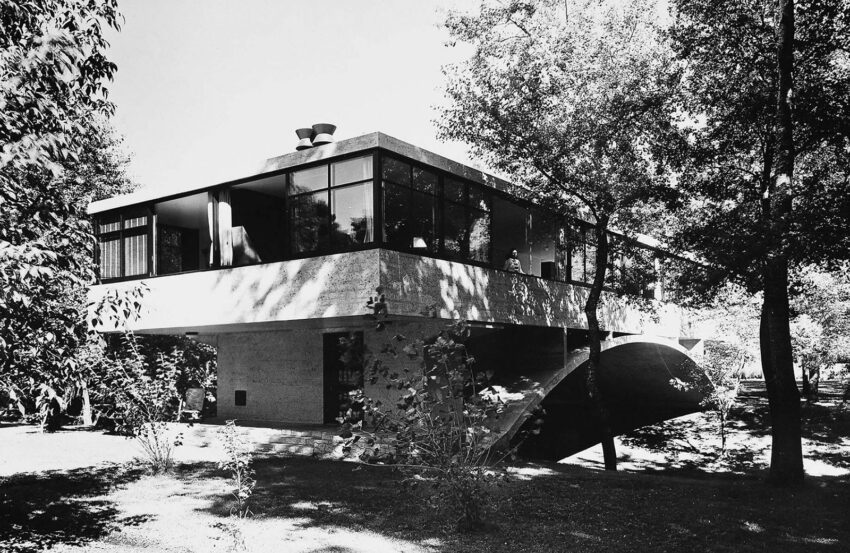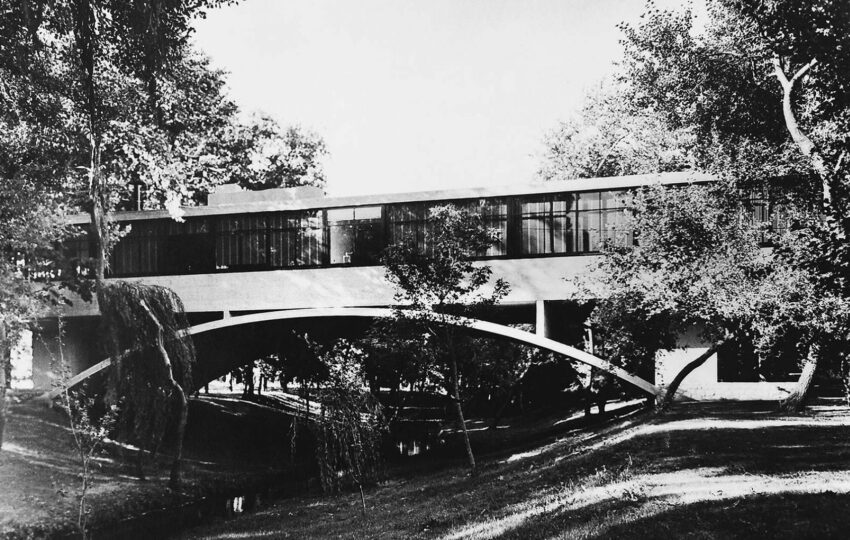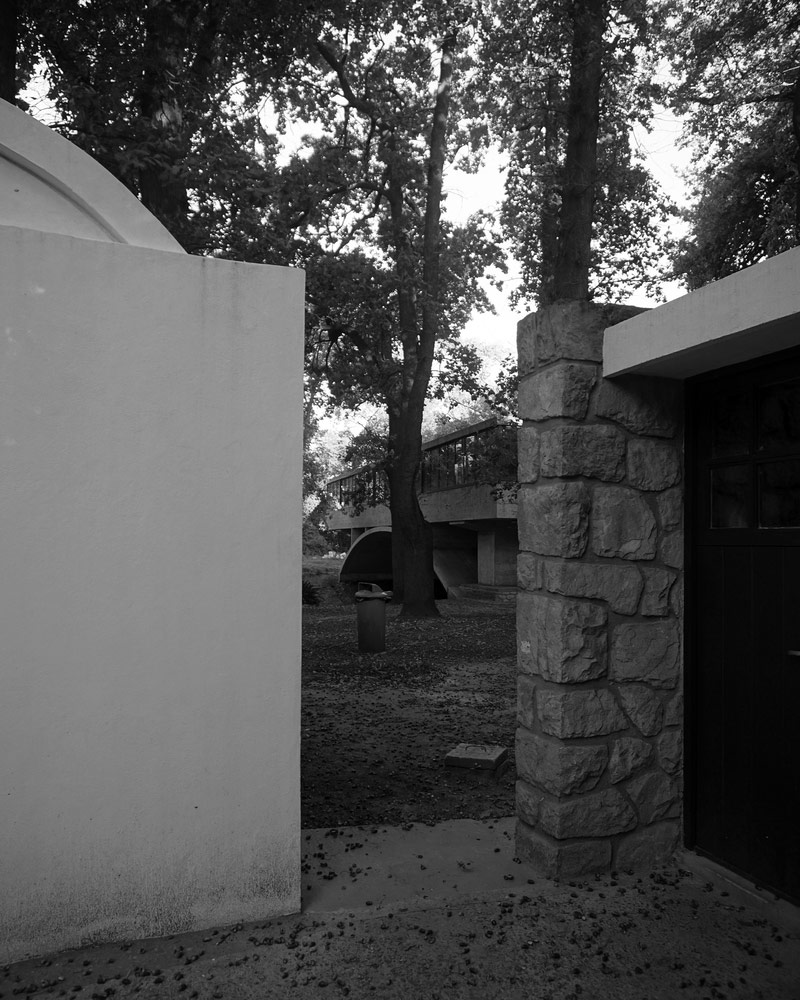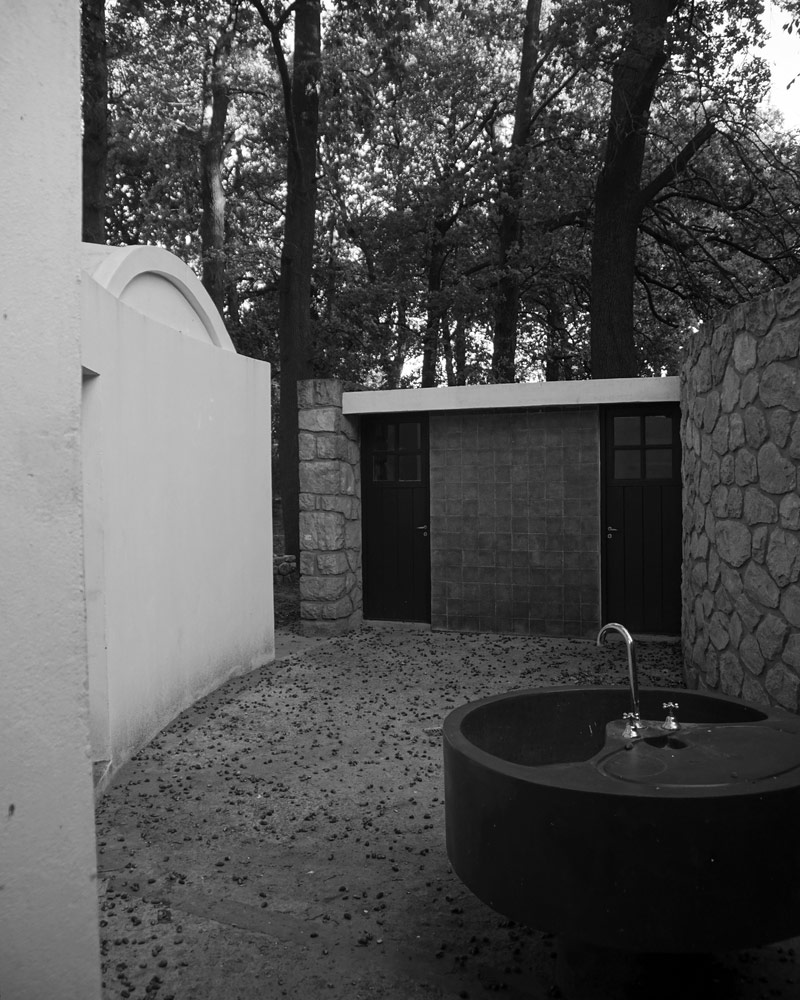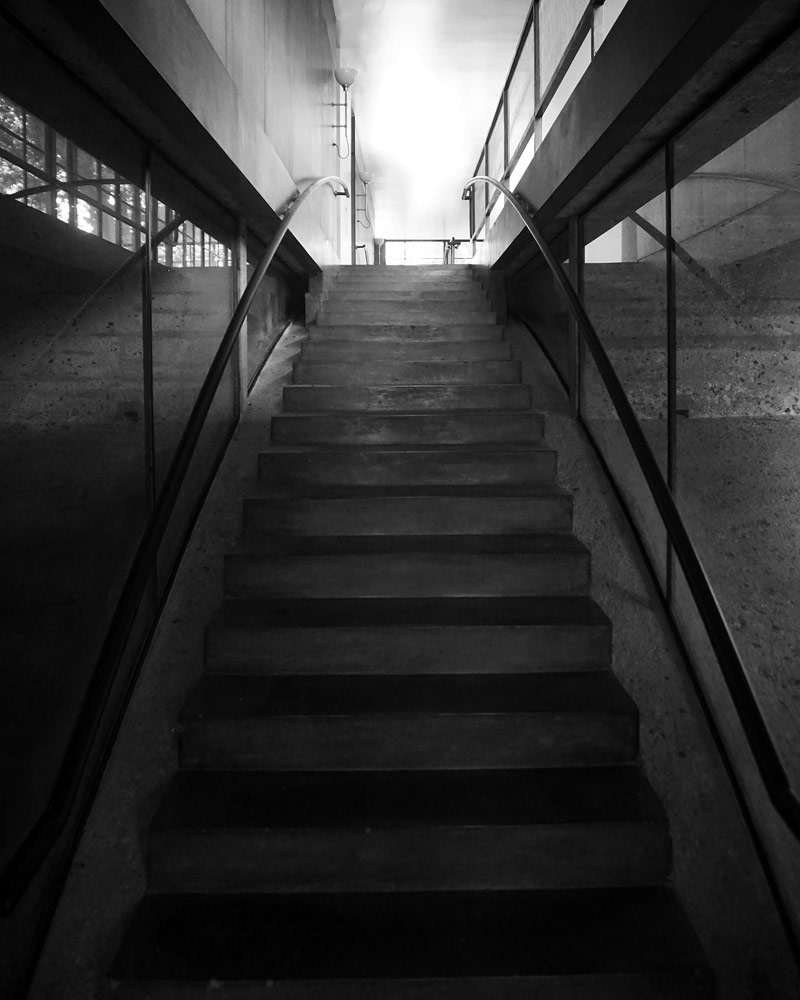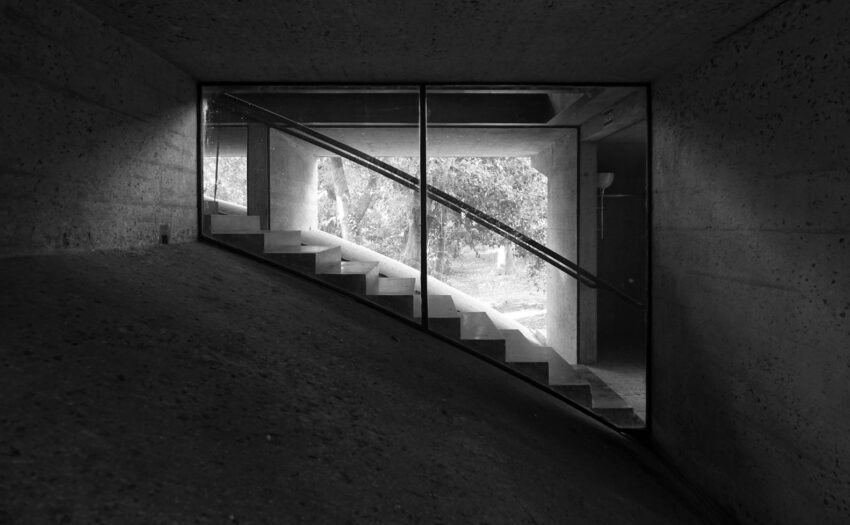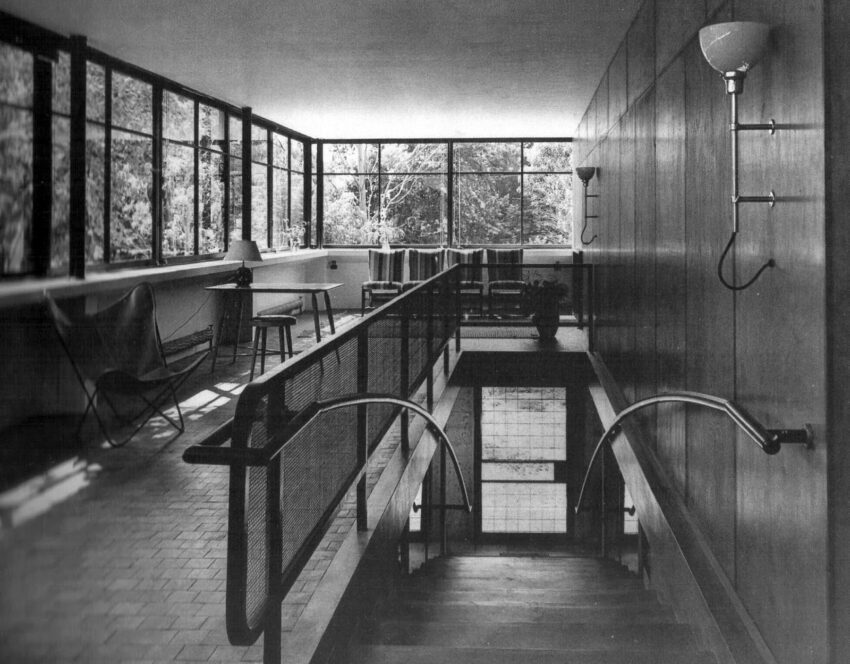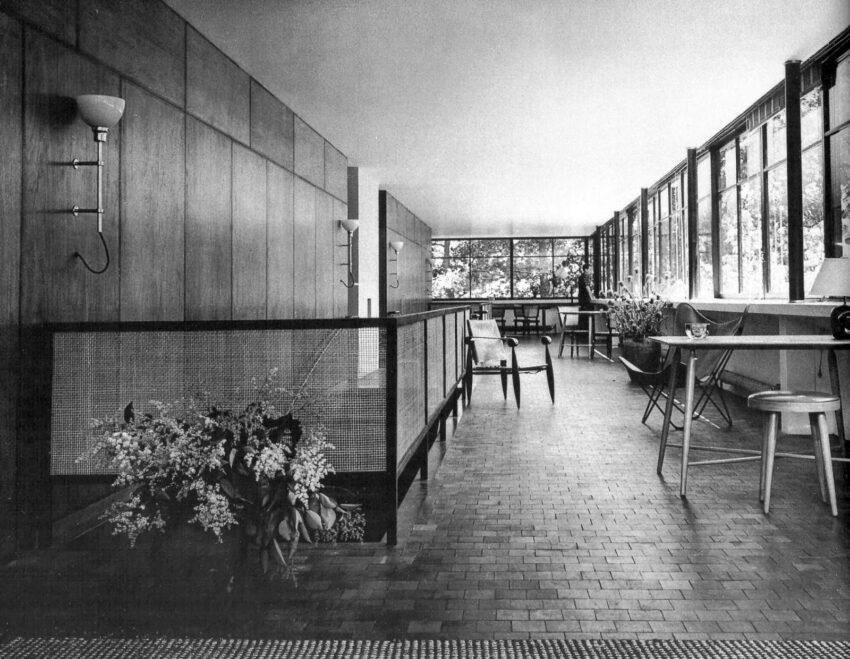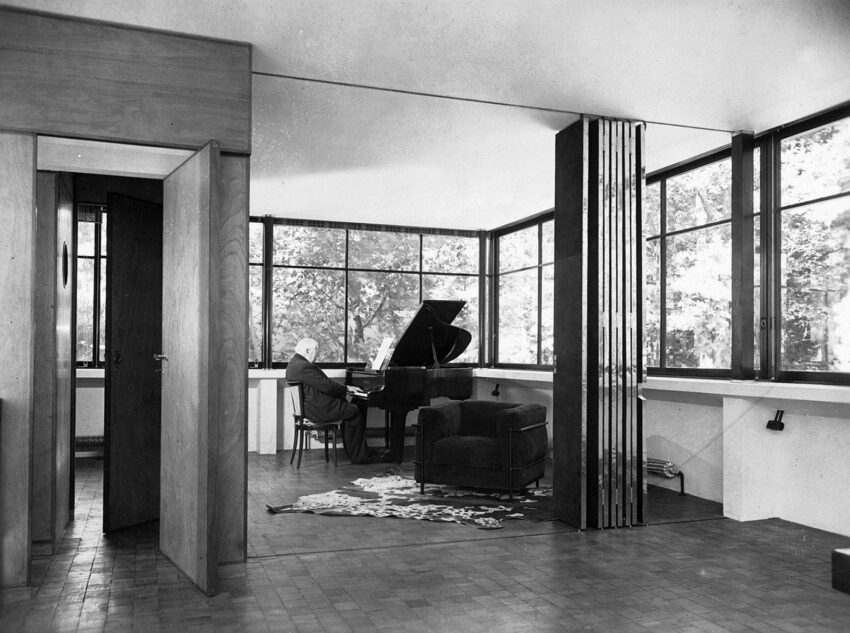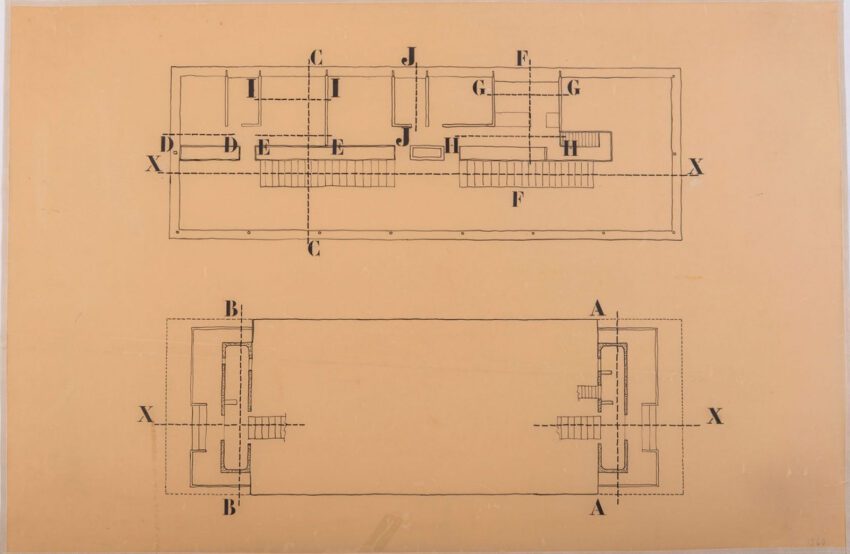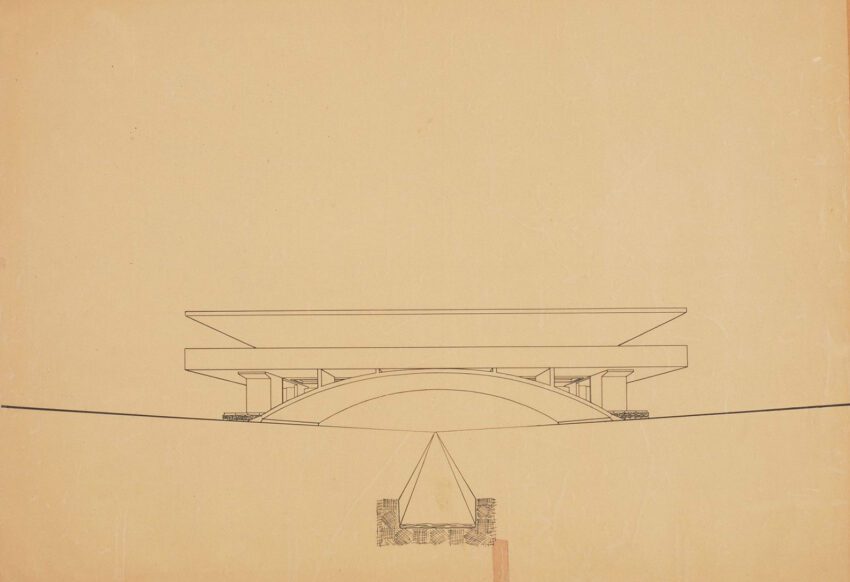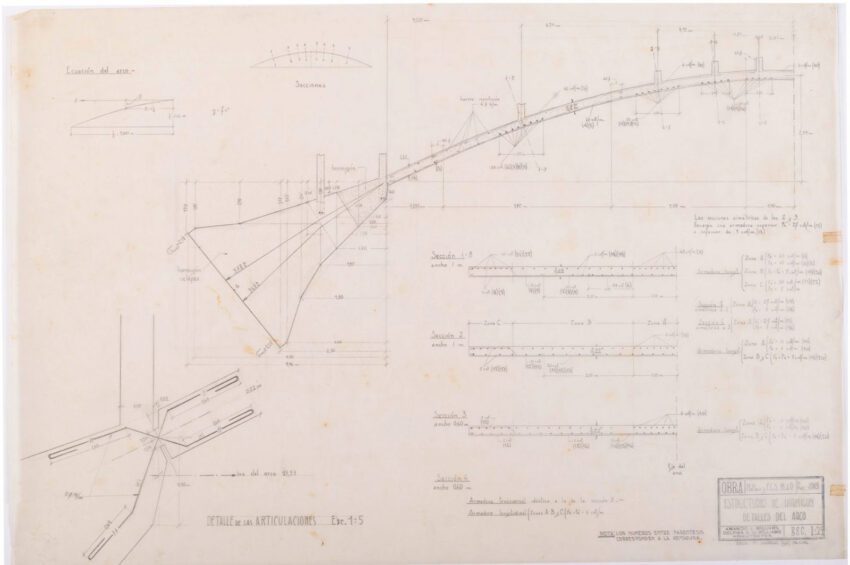Amancio Williams (1913-1989), though many of his designs never materialized, remains a towering figure in Argentine architecture. His most acclaimed work, the “Casa sobre el Arroyo“, or the Bridge House, stands as a testament to his genius. Nestled in a two-hectare park in the urban center of Mar del Plata, this house was designed for his father, the composer Alberto Williams. It is not only celebrated for its architectural and formal development but also for its innovative use of technology, harmonious integration with the surrounding nature, and meticulous attention to interior details.
The Bridge House Technical Information
- Architects: Amancio Williams & Delfina Gálvez Bunge
- Location: Mar del Plata, Argentina
- Topics: Modernism
- Area: 243 m2
- Project Year: 1943-1946
- Photographs: © Archivo Amacio Williams, © Fabián Dejtiar, © Eduardo N. Fortes
The architecture of the future will be a thing of air and light and shadow.
– Amancio Williams
The Bridge House Photographs
Spanning Nature and Modernity
The Bridge House, completed between 1943 and 1945, occupies two lots, straddling the Arroyo de las Chacras. Its unique structure, featuring a bridge-like arch to span the waterway, is a harmonious blend of exposed concrete and 27 meters long by 9 meters wide rectangular pavilion. This design allows for an unobstructed perimeter, thanks to the internal structural dividers and the foundation’s embedding in the terrain to counteract horizontal forces.
Interior spaces showcase wooden partitions, movable walls, and roof access, defining the house’s ambiance. The exterior’s treated concrete and the panoramic views from the elevated 6-meter-high facade provide a commanding perspective over the landscape.
Co-designed with architect Delfina Gálvez de Williams, the house is a pivotal component of 20th-century architecture in Argentina and Latin America. Despite suffering from vandalism and neglect, it has been restored and repurposed as a museum. This restoration honors its significance as a cultural and historical monument, making it an essential study in modern architecture.
Alberto Williams, the original owner, was a prolific Latin American composer. His son, Amancio, an emblematic figure of Argentina’s Modern Movement, promoted urbanization ideas to enhance city life and environmental quality. Delfina Gálvez Bunge de Williams, though often downplaying her role, significantly contributed to their projects, including the Bridge House.
The Bridge House embodies the Modern Movement’s principles, using geometric forms and a three-dimensional structure to integrate into its natural surroundings. Key features include a curvilinear surface, the main volume’s horizontal components, and a roof terrace. The use of reinforced concrete, large windows, and a free-flowing interior layout reflects Le Corbusier‘s five points of architecture, showcasing an innovative approach to modernist design.
The Bridge House, now a historic and artistic national monument, is an integral part of Argentine heritage. Its design marries the rationality of modern human civilization with the raw beauty of nature, reflecting Amancio Williams’s vision of architecture as a medium that seamlessly integrates with its environment. As a museum, it continues to inspire and educate, symbolizing a remarkable era in architectural history.
The Casa sobre el Arroyo stands as a brilliant example of the ingenuity and foresight of Amancio Williams. Its restoration and preservation as a museum ensure that this architecture project continues to influence and awe future generations, cementing its place as a cornerstone of modernist architecture in Latin America.
The Bridge House Plans
The Bridge House Image Gallery


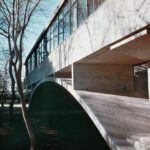




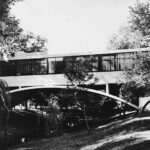

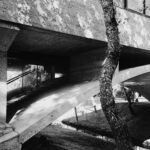
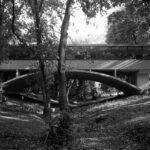
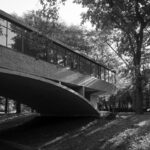


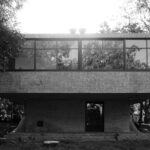
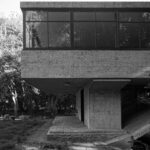





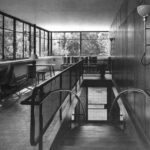
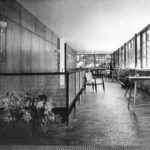
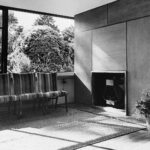
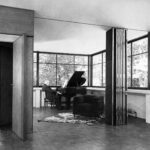
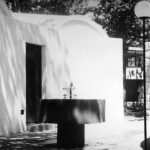
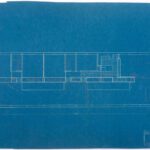
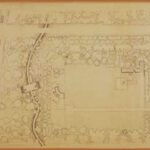
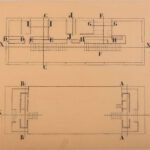

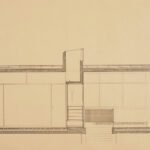
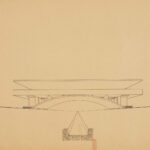
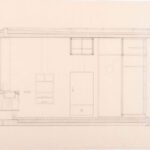
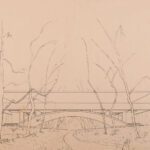

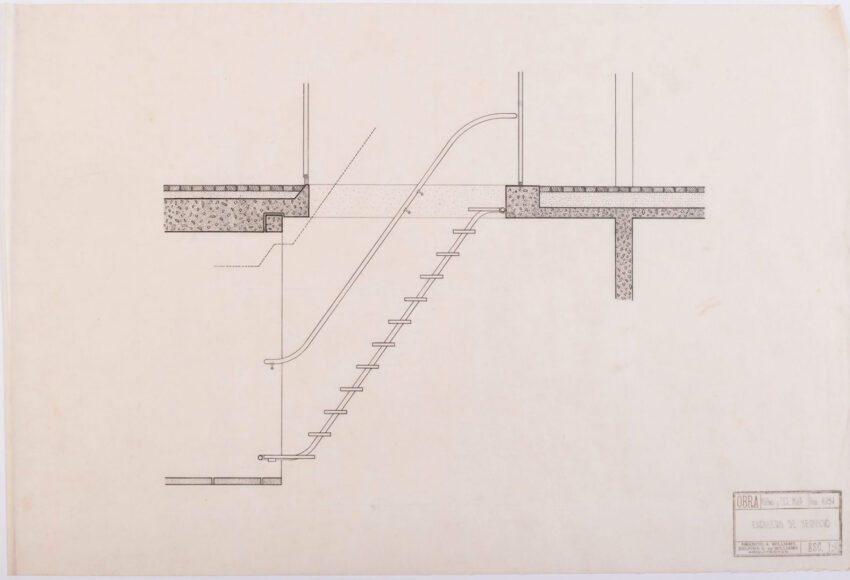
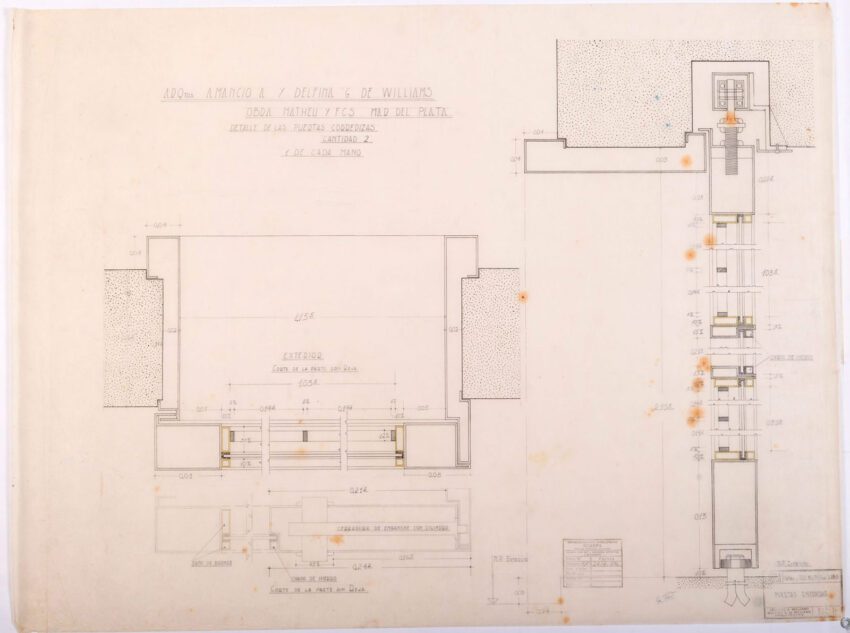
About Amancio Williams
Amancio Williams (1913-1989) was a seminal Argentine architect renowned as one of the most significant figures in the Modern Movement in Argentina during the first half of the 20th century. He is celebrated for his innovative approach to architecture, combining technological advancements with a harmonious integration of structures into their natural surroundings. Williams’ most notable work, the Bridge House, epitomizes his philosophy of creating spaces that blend form, function, and environment in a seamless manner. His contributions have left a lasting impact on architectural thinking and practice, particularly in Latin America.

